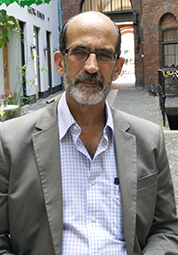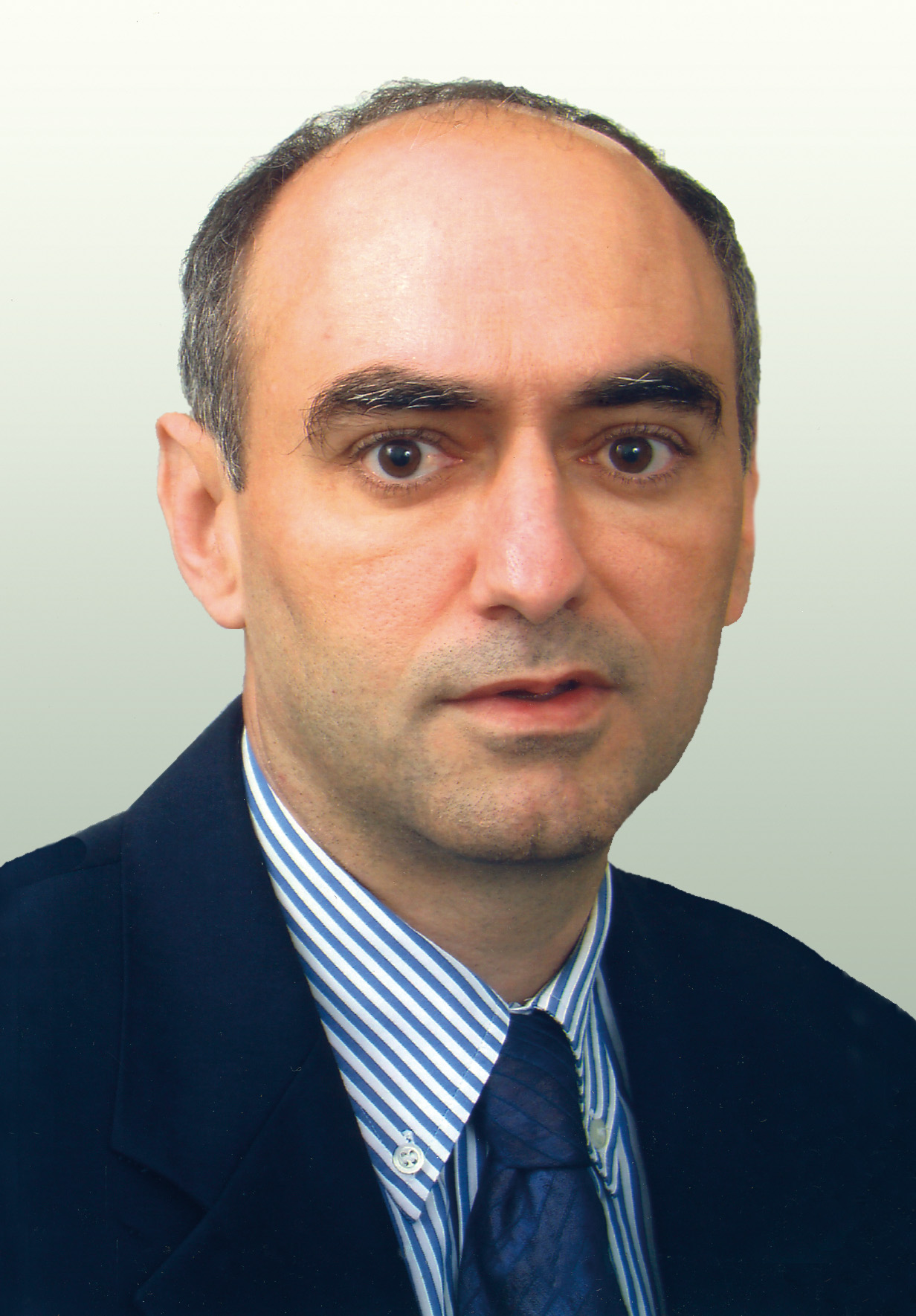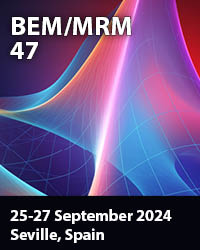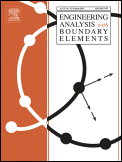The medal is a joint initiative by the Wessex Institute and the University of Mississippi. First awarded at the 37th International Conference on Boundary Elements and Other Mesh Reduction Methods held in 2014, the 2017 medal was presented at 40th iteration of this conference.
The importance of Green’s work cannot be over-emphasised, particularly his development of his functions which set the basis for boundary elements. Very little is known about George Green – there is not even a picture of him and hence the Medal can only depict his windmill near Nottingham, relating to his trade. Green was totally self-taught and published a few copies of his most famous works on a subscription only basis.
It is impossible to understand how George Green was able to acquire his knowledge in a backwater place of England, as Nottingham was at that time. He only had access to a local library and distributed his work around sponsors who were unable to fully appreciate the importance of his work.
One of these sponsors pointed out the work to a Cambridge Don and this led to a minor appointment at that University, which he had to leave due to illness. He died shortly afterwards. His research was forgotten and only rediscovered much later on thanks to Lord Kelvin.
Prof Henry Power
 |
| Prof Power |
Carlos Brebbia announced that the George Green Medal was to be awarded posthumously to Prof Henry Power from the University of Nottingham, who very sadly passed away earlier this year.
Henry – Carlos said – who has been described as a giant in his field, was closely associated with the Wessex Institute, where he worked from 1991 to 2000. After this he became Professor at the University of Nottingham with the Chair of Computational Fluid Dynamics in the Department of Mechanical Engineering.
Henry was born in Caracas, Venezuela, where he graduated from the Central University of Venezuela as a Civil Engineer, after which he studied at MIT. Upon his return to Venezuela, he worked at the Central University, starting as a Research Fellow and becoming Professor in charge of the University’s Institute of Fluid Mechanics.
It was during that time that Carlos met Henry at an International Conference in Novo Hamburgo, Brazil where – between riding and swimming, activities which they both loved - they discussed the possible application of boundary elements to problems such as bubble mechanics. This led to Henry spending his sabbatical leave at Wessex Institute, where he afterwards stayed for nine years, becoming Head of its Advanced Computing Division.
In 2000 Henry joined the University of Nottingham’s Faculty of Engineering, where he established a long and distinguished career spanning 17 years. Blessed with a brilliant mathematical mind, he always felt that there was no problem that could not be looked at from a numerical point of view.
Throughout his academic career in the UK, Henry taught many courses on advanced numerical techniques, among others. He continued to develop the pioneering Boundary Element Method and its industrial applications. His research covered many areas of applied mathematics and he had numerous collaborators around the world. An outstanding researcher, his mathematical ability was matched by his phenomenal work rate. He was exceptionally well versed in leading difficult areas of numerical modelling with the novel use of boundary element and other meshless techniques. During his stay at WIT he became an Editorial Board Member of the International Journal of Engineering Analysis with Boundary Elements, where he contributed with numerous papers and was renowned as one of the best reviewers.
Henry was very much a family man. He is survived by his wife Beatriz, who teaches Spanish at Nottingham University, and his son Guillermo and daughter Coromoto.
Elsevier sent a tribute to the work of Henry Power who published 44 papers in the International Journal of Engineering Analysis with Boundary Elements of which he was a member of the Board for over 20 years. They expressed their sincere condolences to his widow Beatriz and his children, grandchildren and to his colleagues, both at the University and in the BEM community.
Carlos then proceeded to award the George Green Medal posthumously to Henry’s widow, Beatriz, who accepted the award on his behalf.
Coromoto Power expressed the gratitude of her mother Beatriz and all her family to the Boundary Element Community and particularly to Carlos Brebbia and the many friends they made when at WIT.
Prof Antonio Tadeu
 |
| Prof Tadeu |
Alex Cheng then announced that another George Green Medal was to be awarded to Prof Antonio Tadeu from the University of Coimbra, Portugal.
His early work under Professor Eduardo Kausel at MIT was oriented towards the solution of seismic problems using integral equations. This developed into a series of other applications, including thermal problems and acoustics. More recently, he focused on the setting up of his Institute of Acoustics and Vibrations where experimental work can be carried out to validate numerical solutions and further understand practical engineering problems. Much of his current work relates to environmental issues and human comfort.
Antonio is a member of the WIT Board of Directors and has collaborated with the Institute in many conferences and publications. He is an expert in computational modelling and has applied techniques for the solution of structural, acoustic, fluid dynamics and many other problems.
Antonio then gave his keynote address entitled “Life at the Edge: 20 years of work in Boundary Elements and other Mesh Reduction Methods”. His presentation first looked back over a number of boundary element and meshless reduction techniques developed over the last twenty years to simulate steady and unsteady wave propagation in solid and fluid media, and heat, air and moisture flow. It covered 2D, 2.5D (where the longitudinal geometry is assumed to be invariant in the axial direction) and 3.0D formulations, and also included a set of analytical solutions developed for circular multi-layered subdomains. These can be used as fundamental solutions. It went on to show how different coupled techniques, in particular the BEM-MLPG and BEM-FEM approaches, perform when used to solve problems for which material properties change continuously.
All the proposed formulations were verified against known analytical solutions for simple geometries, such as circular cylindrical domains and flat multilayered systems to illustrate the efficiency of the proposed methodologies. Numerical and experimental applications are included to illustrate the applicability of the various formulations. Results in both the time and the frequency domain were presented.




